Belbin Team Roles are used to identify behavioural strengths and weaknesses in the workplace.
Whether developing people, resolving conflict or fine-tuning high performance, Belbin Team Role reports provide the language to ensure that individuals and teams communicate and work together with greater understanding.
Belbin Team Roles isn't just a theory, it's a practical tool to help individuals, teams and organisations work more effectively to achieve business objectives. The only way of finding out individual Belbin Team Role strengths and weaknesses is by completing the Belbin questionnaires and receiving a fully normed and researched Belbin Individual report crammed full of advice and guidance.
Once you have the Belbin Individual reports to hand, conversations can start, and change can begin to happen.
To know what the nine Belbin Team Roles are, please read this
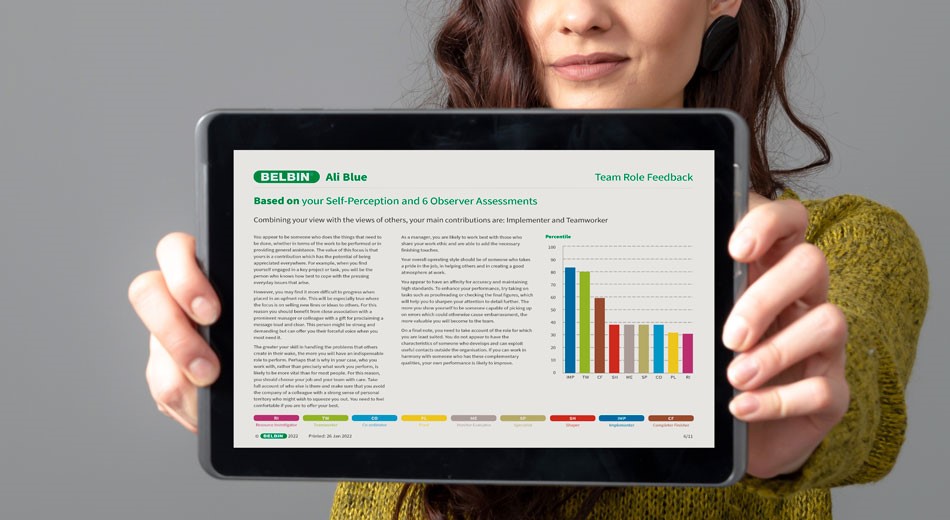
In a nutshell, using Belbin Team Roles will give you:
- Balanced teams based on behavioural contributions rather than job titles
- Self-aware individuals who can adapt their behaviours according to the situation and business need
- The right people doing the right tasks, leading to better-performing teams
- Depersonalised team conversations, using a common language to discuss team contributions
- Informed, impartial decision-making, based on fact rather than a 'gut-feel' which may be subject to unconscious bias
- Confidence when making decisions involving people
- Insight into behavioural strengths and weaknesses which aren't necessarily revealed by a CV
- The language to help facilitate coaching conversations
With Teams
Teams offer diversity, promote learning opportunities, address more complex problems, offer flexibility, deliver faster results and can mirror organisational values. Teams don’t just make us better workers, they make us better people. Belbin Team Roles can help:
- Select people to form high-performing teams
- Develop and coach existing teams
- Maximise the use of virtual teams
- Bring together multi-functional teams
- Optimise project teams
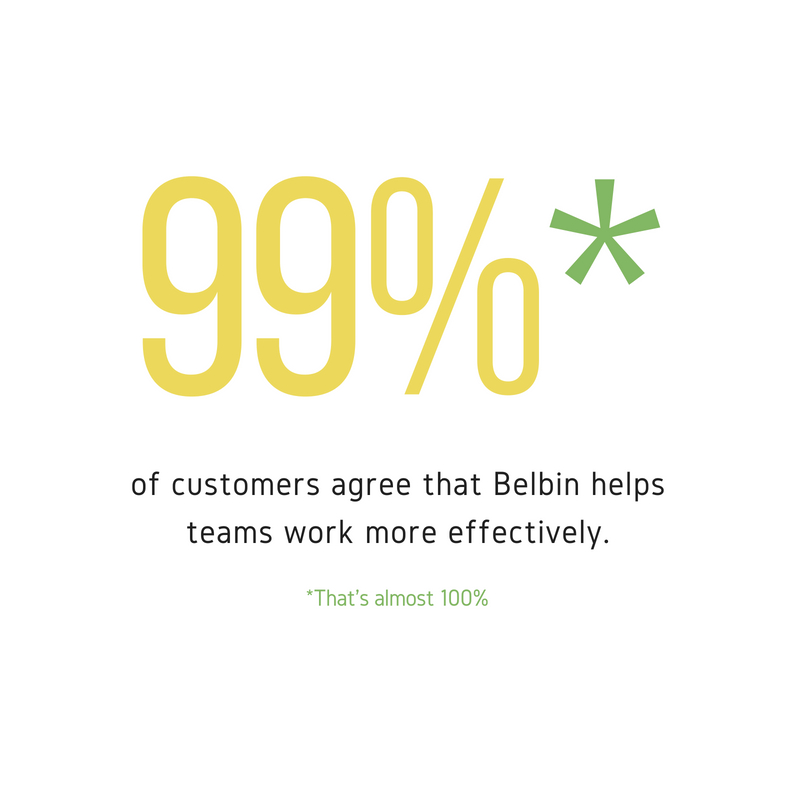
In Management Training
Belbin is integral to effective management at all levels, from junior managers looking for insights into their teams, to Executive and Senior Management Teams (SMTs). Understanding and utilising the natural talents and motivations of staff is key to great management, and that's where Belbin can help. Belbin Individual reports provide managers with rich insights into the key behavioural strengths and preferences of their people, allowing them to get the best from each person in their team. Belbin Team Roles can:
- Help managers make the transformation from being effective process managers to becoming outstanding people managers
- Give managers a language to describe how they interact and interrelate with others. With the self-insight and understanding of their own strengths and weaknesses, a manager is well-equipped to help others maximise their own potential
- Enable managers to put together their own great teams!
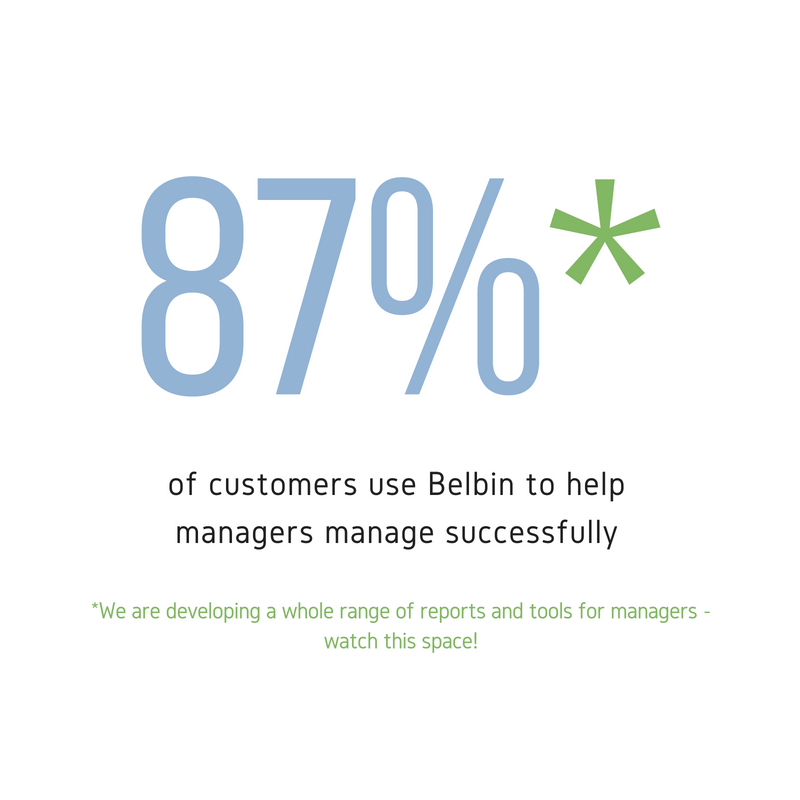
The Belbin Team Role Reports
The first step to uncovering strengths and weaknesses is for individuals to complete the Belbin questionnaire, called the Self-Perception Inventory, and where possible, to obtain feedback from colleagues and managers.
Once the Belbin Individual Reports have been generated, conversations can begin...
For Leadership Development
"Leaders who can be trusted are self-aware and know what differentiates them from their colleagues. They are not afraid to reveal their weaknesses and know how to adapt their style to different situations" Rob Goffee, Professor of Organizational Behaviour at London Business School.
Introspection can be difficult, but it's essential for leaders to gauge how effectively they're connecting with staff, and to lead from the front in encouraging behavioural diversity. Belbin is an accessible, rich, people-positive tool which promotes authentic leadership, helping leaders towards an honest assessment of their strengths and shortcomings. Armed with an understanding of their own behaviours, leaders can learn how best to adapt their leadership style to the working environment within their organisation to ensure a positive impact on those they lead.
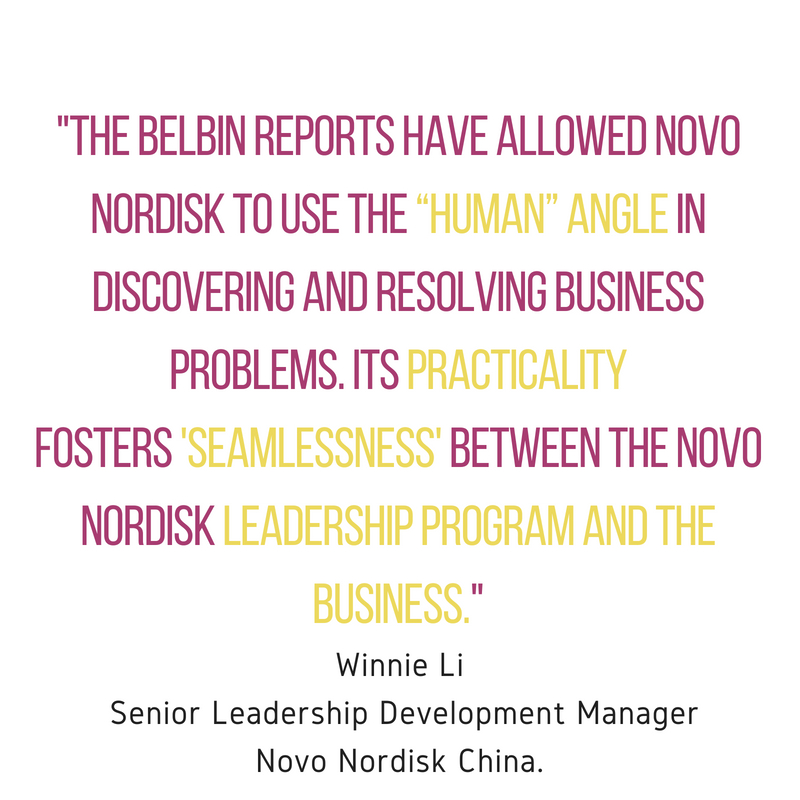
In Recruitment and Career Development
The synergy – or lack of synergy – between a person and a job can be mysterious and difficult to explain. Given that two candidates look similar on paper, why is one successful in a role and another, not? The language and understanding of Belbin Team Roles can help when:
- Making decisions about which individuals to recruit or promote
- Providing individuals with the information they need to take the next step on their career path
- Putting together graduate recruitment strategies or assessment centres
- Trying to identify the gaps in teams which need filling!
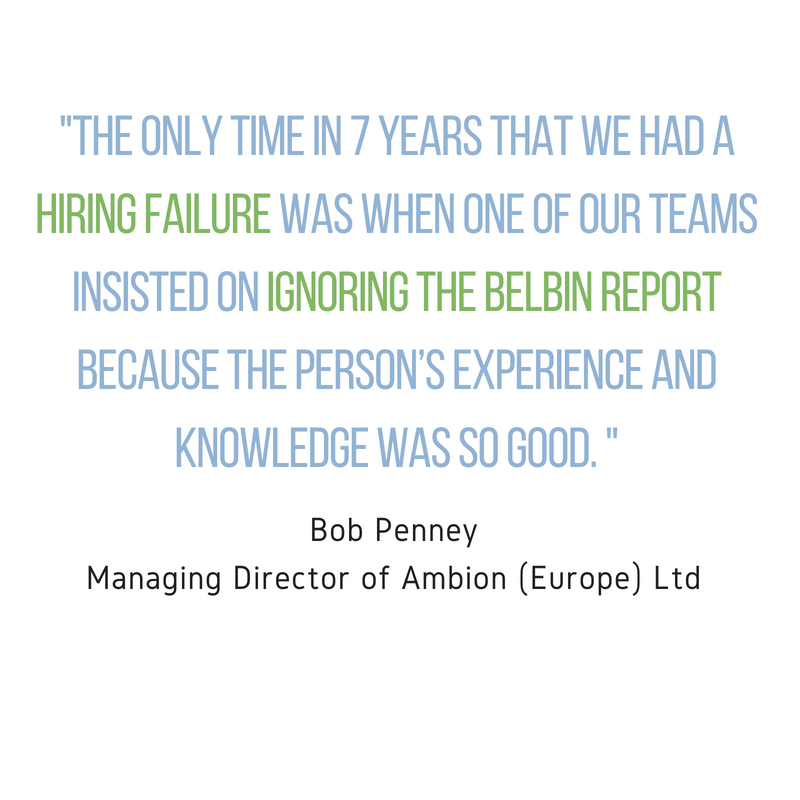
For Conflict Management
Conflict usually arises from misunderstanding or lack of communication, and can manifest itself in myriad ways, including lowered morale, reduced productivity and increases in absenteeism. Belbin Team Roles can help to depersonalise problems, focusing on behaviours to avoid personal attacks which can often exacerbate conflict.
-
Belbin and interpersonal conflict – an individual's Belbin Report (with other team members invited to offer structured feedback by way of Belbin Observer Assessments) offers individuals an opportunity to explore their colleagues' experience of their behavioural contributions. Team and Working Relationship Reports highlight areas of potential conflict and misunderstanding in teams and pairs respectively.
-
Belbin and cross-team conflict – sometimes, teams become too inwardly-focused and forget their role within the organisation at large. Departmental teams can begin to compete, or dismiss each other's suggestions and outputs, leading to cross-team conflict and reduced productivity. Belbin can offer insights into distinctive team cultures, helping teams use any competitive tendencies to the organisation's advantage!
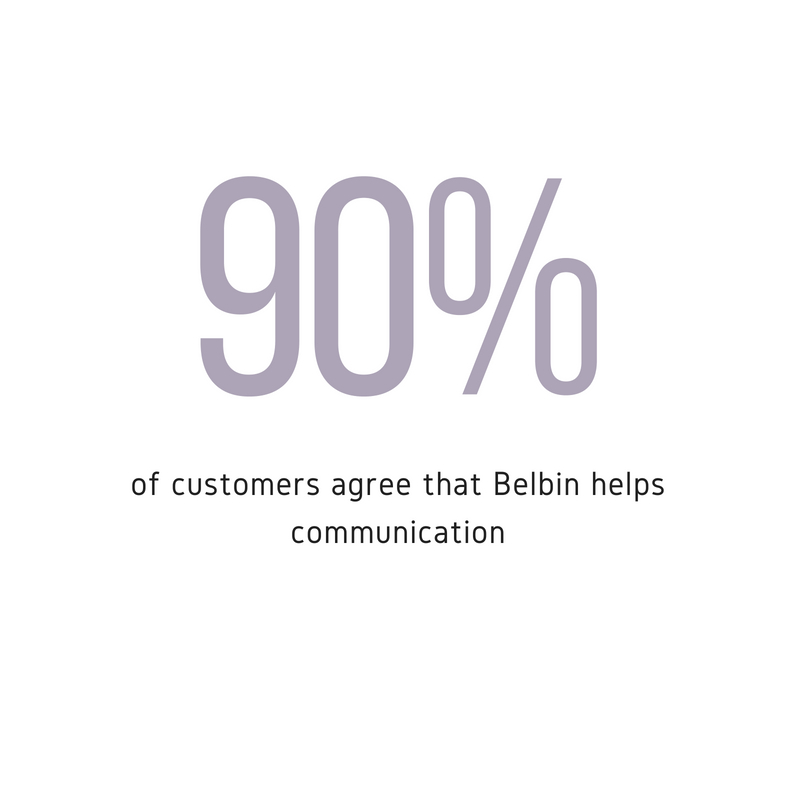
The Belbin Team Role Reports
The first step to uncovering strengths and weaknesses is for individuals to complete the Belbin questionnaire, called the Self-Perception Inventory, and where possible, to obtain feedback from colleagues and managers.
Once the Belbin Individual Reports have been generated, conversations can begin..
For Employee Engagement
Everyone has strengths: talents, knowledge and skills which can be used to advantage at work. And research shows that those who use their strengths are six times more likely to be engaged on the job. Using Belbin as part of an employee engagement programme can:
- Help individuals discover their strengths
- Ensure that job roles and strengths are aligned
- Recognise and use others' strengths to best advantage
- Help teams to understand and consider strengths when assigning team projects
- Incorporate strengths into performance reviews and goals
- Foster a culture which promotes strengths
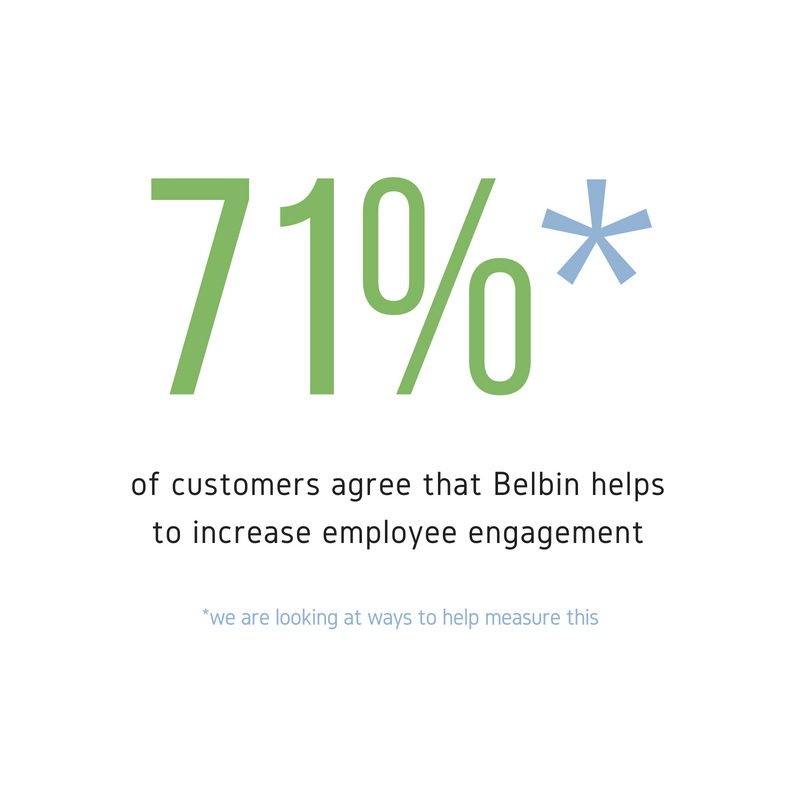
For Personal Development and Coaching
Often, professionals are promoted on the basis of performance in their current role, only to suffer from stress once they are in the new job. It's an adage commonly known as the 'Peter Principle'. Whilst the new role might come with a desired title and level of responsibility, it often requires particular behaviour that doesn't fit with the individual's preferred Belbin Team Roles. As part of the Belbin process:
- The tailored advice and guidance from Belbin Reports can structure discussions as to whether the desired career path is both viable and wise
- Alternatives can be discussed and training gap analysis taken, if required
- Individuals can benefit from increased self-awareness and greater personal effectiveness
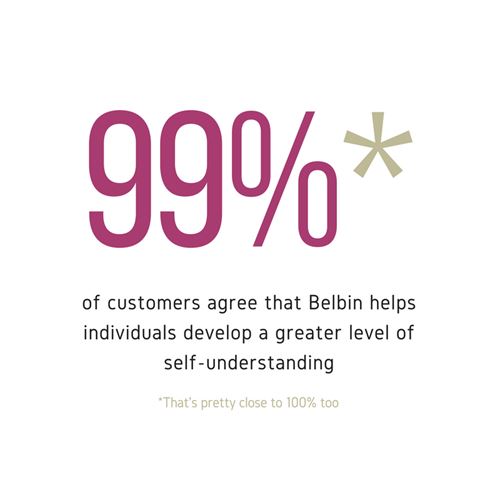
In Change Management
In reality, rarely can change management programmes commence by wiping the slate clean. Belbin Team Roles helps teams to adapt to changing goals by highlighting collective strengths and minimising weaknesses. This enables the team to be more cohesive (yet adaptable) in a changing environment.
- Responses to change can vary with individuals. Whilst some will embrace and promote changes, others may struggle and wish to preserve the status quo. Belbin Team Role preferences can give leads on these behaviours and the underlying concerns, allowing organisations to bring in the right people at the right time when contemplating organisational change.
- Sometimes, teams are held in check by misunderstandings or assumptions about their own history. Using Belbin, teams can boost engagement and ownership by claiming their successes and writing their own story, rather than being defined by the past.
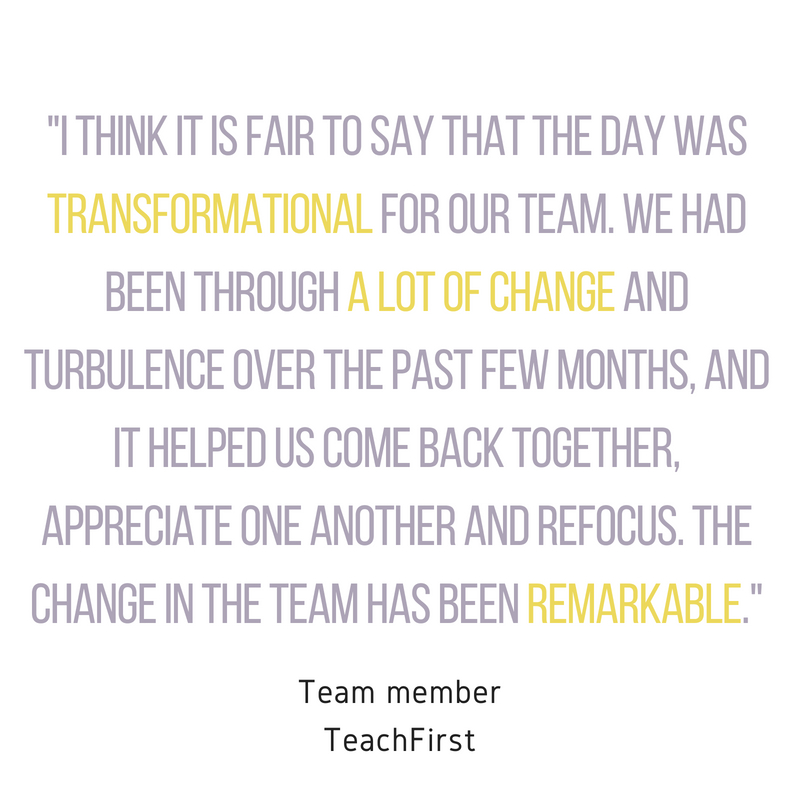
The Belbin Team Role Reports
The first step to uncovering strengths and weaknesses is for individuals to complete the Belbin questionnaire, called the Self-Perception Inventory, and where possible, to obtain feedback from colleagues and managers.
Once the Belbin Individual Reports have been generated, conversations can begin..
Next Steps
To know what the nine Belbin Team Roles are, please read this
Contact us to see how you can use Belbin Team Roles within your organisation, or, if you are an independent consultant, as part of your toolbox.



